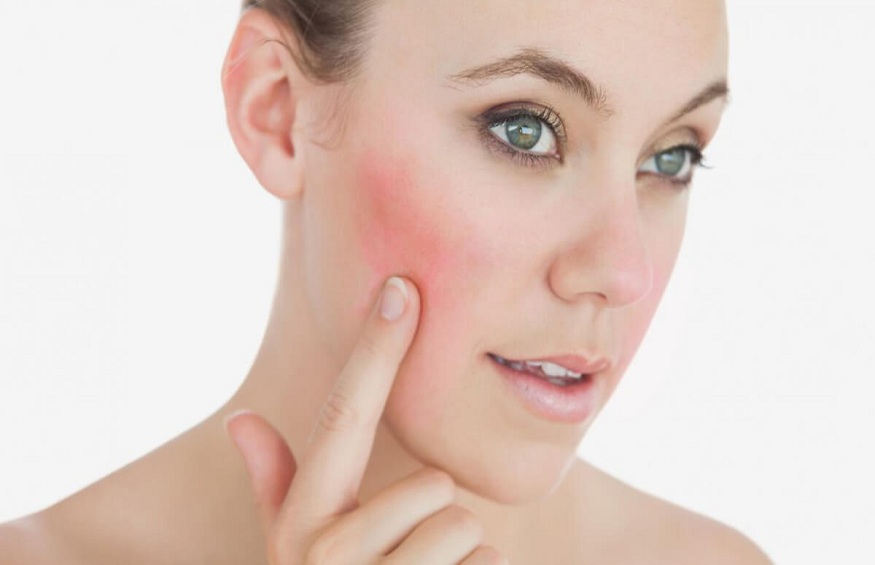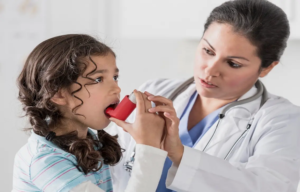Rosacea, pronounced ro-zay-she-uh, is a skin condition that causes redness and flushing in your face. It is also otherwise known as acne rosacea because it causes small bumps filled with pus that look like acne. This condition has no cure; hence, it is lifelong, but treatments are available to help keep it under control.
This skin condition can affect anyone but is mostly prevalent in people with lighter skin. People with darker skin find it difficult to spot the blushing on their skin, which may prevent them from getting the right diagnosis. If you feel sensitivity or burning in your skin along with redness and bumps, speak to an expert for southwest rosacea today.
Symptoms and signs of rosacea
Stinging and burning
You may feel painful burning sensations in your face and develop sensitivity. It can also get very itchy.
Flushing and redness
Your face may look flushed or like you are blushing. You may develop red, dry patches around the central part of your face. This is one of the earliest signs indicating you may have rosacea. This is a symptom that is hard to identify on darker skin.
Pus-filled bumps resembling pimples
Your skin might develop several small bumps with pus inside them resembling acne. This can increase the burning and stinging sensations.
Broken blood vessels
You will start to notice visible broken blood vessels around your cheeks and nose. They are thin and red lines, sometimes even resembling spider webs, which is why they are also called spider veins.
Irritation in the eyes
You will experience swelling and irritation in the eyes that can cause your vision to become blurry. In serious cases, if the condition is not treated, the patient can even lose vision in their eyes.
Swelling
Your face can become swollen, and you might also experience skin thickening, which usually happens on the nose, resulting in a condition known as rhinophyma. It is more prevalent in men than women.
Types of rosacea
Erythematotelangiectatic rosacea: The symptoms come and go in this type of rosacea; you mostly experience redness in your face and visible blood vessels.
Papulopustular rosacea: You experience pus-filled bumps that look like acne in this type of rosacea. This can cause your skin to be inflamed and resolve at different periods based on the severity of the condition.
Phymatous rosacea: This is a rare type of rosacea, mostly affecting the nose. In this type, your skin swells, thickens, and sometimes even gets discolored. This leads to rhinophyma, mostly affecting men.
Ocular rosacea: This rosacea affects your eyes, making them itchy, swollen, and dry. You might also develop painful bumps on your eyelids.



